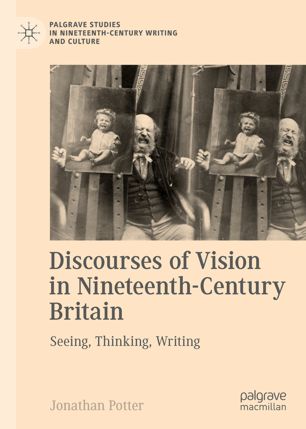

Most ebook files are in PDF format, so you can easily read them using various software such as Foxit Reader or directly on the Google Chrome browser.
Some ebook files are released by publishers in other formats such as .awz, .mobi, .epub, .fb2, etc. You may need to install specific software to read these formats on mobile/PC, such as Calibre.
Please read the tutorial at this link: https://ebookbell.com/faq
We offer FREE conversion to the popular formats you request; however, this may take some time. Therefore, right after payment, please email us, and we will try to provide the service as quickly as possible.
For some exceptional file formats or broken links (if any), please refrain from opening any disputes. Instead, email us first, and we will try to assist within a maximum of 6 hours.
EbookBell Team

4.1
80 reviewsThis book offers an innovative reassessment of the way Victorians thought and wrote about visual experience. It argues that new visual technologies gave expression to new ways of seeing, using these to uncover the visual discourses that facilitated, informed and shaped the way people conceptualised and articulated visual experience. In doing so, the book reconsiders literary and non-fiction works by well-known authors including George Eliot, Charles Dickens, G.H. Lewes, Max Nordau, Herbert Spencer, and Joseph Conrad, as well as shedding light on less-known works drawn from the periodical press. By revealing the discourses that formed around visual technologies, the book challenges and builds upon existing scholarship to provide a powerful new model by which to understand how the Victorians experienced, conceptualised, and wrote about vision.